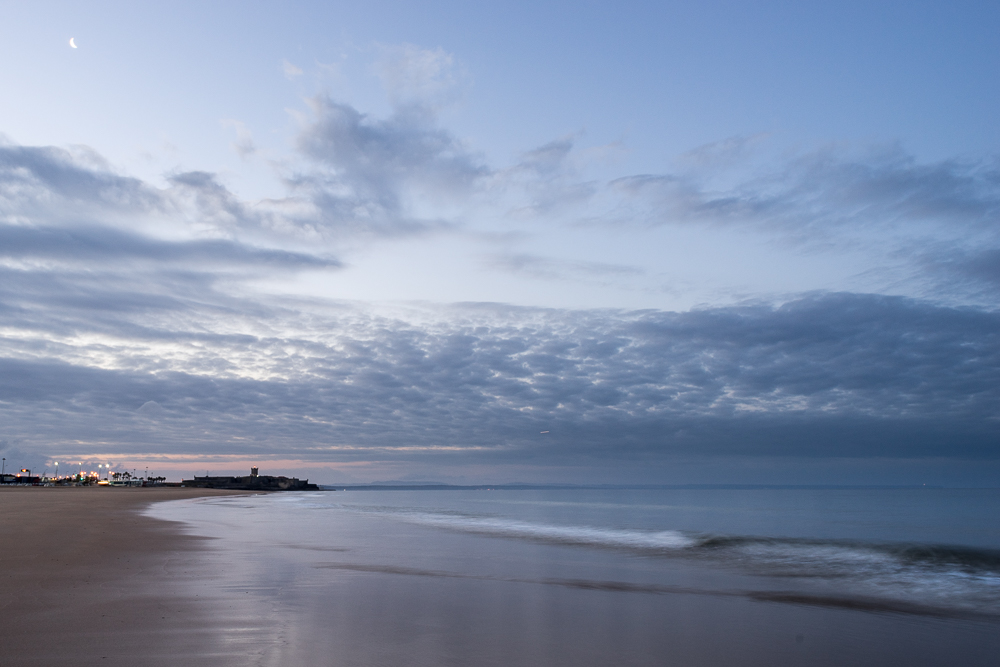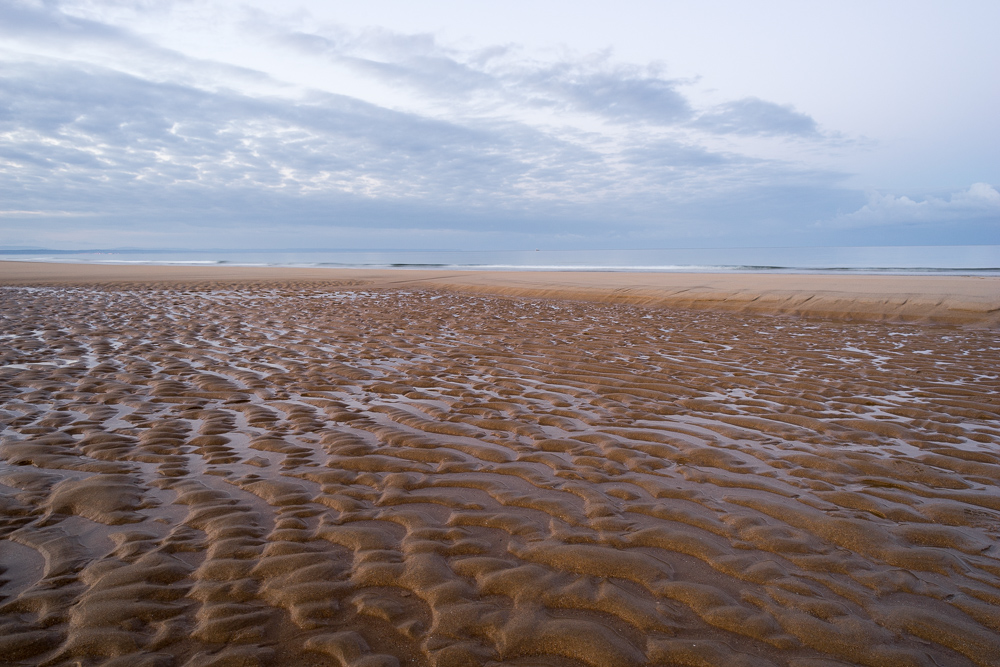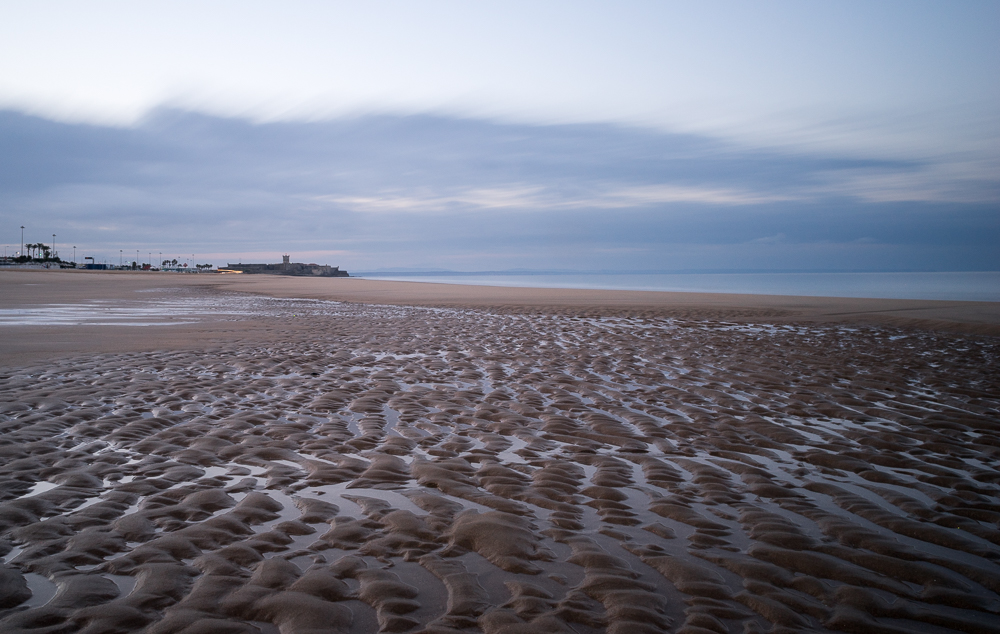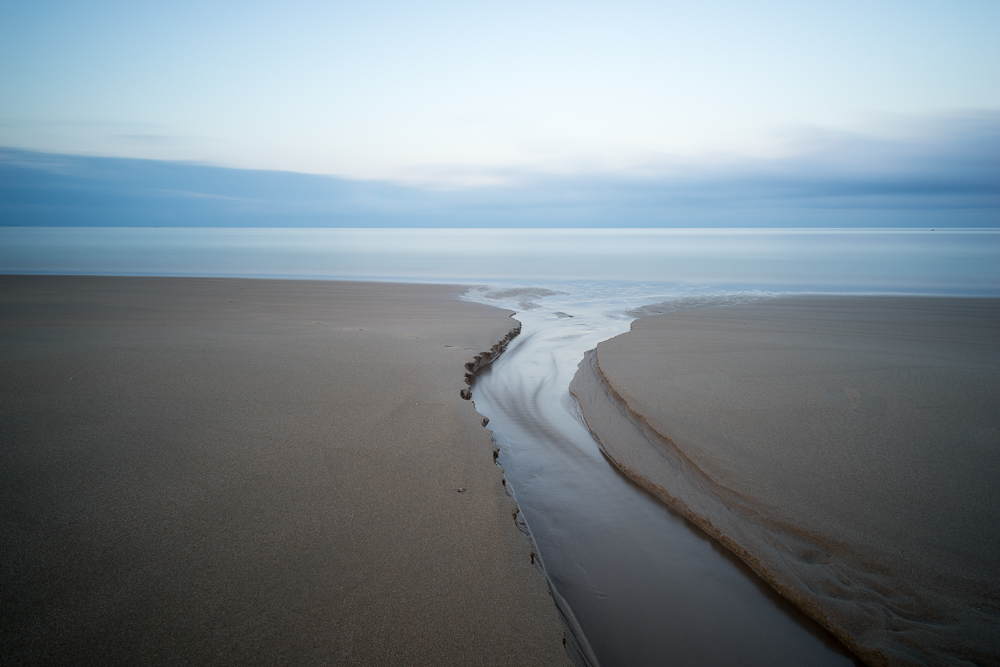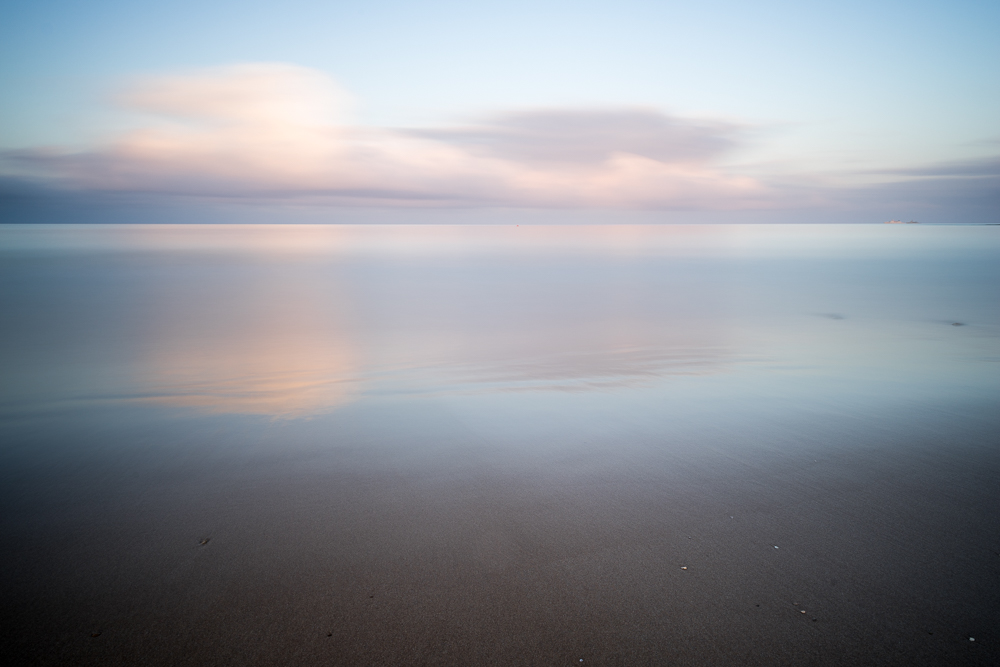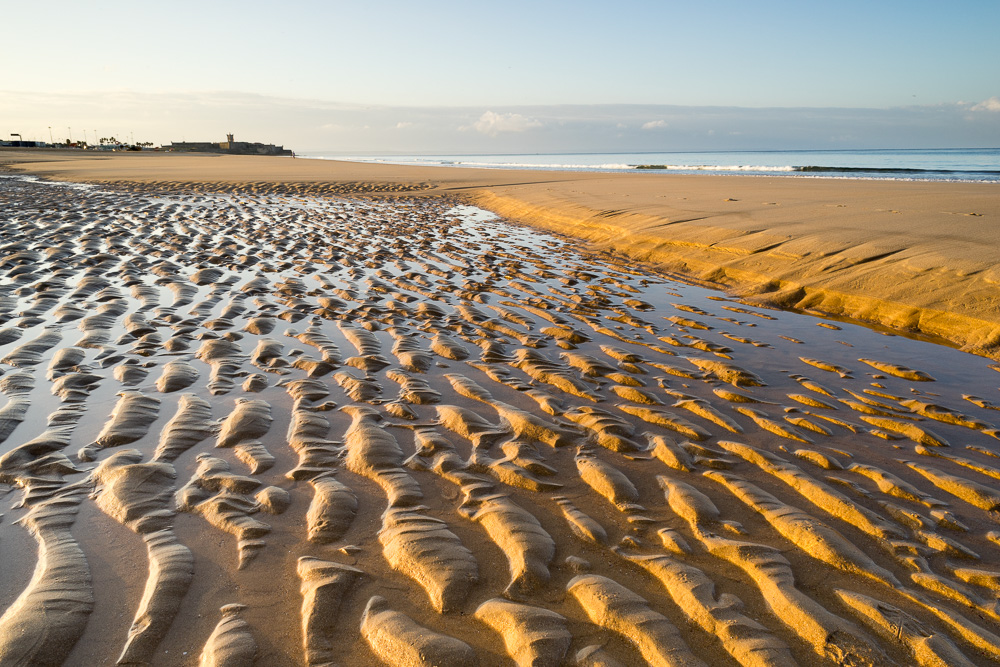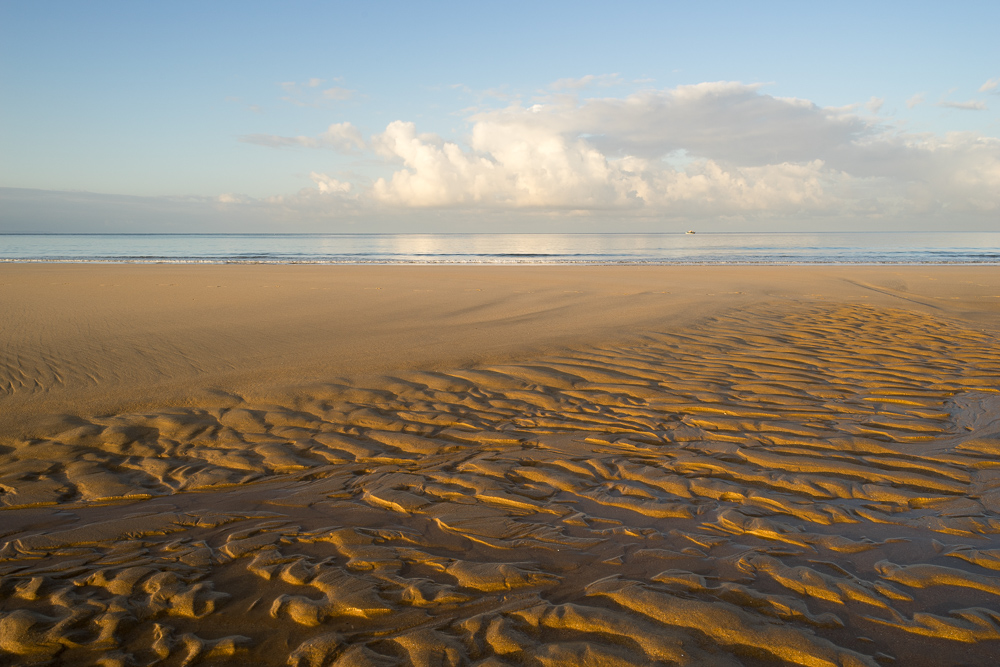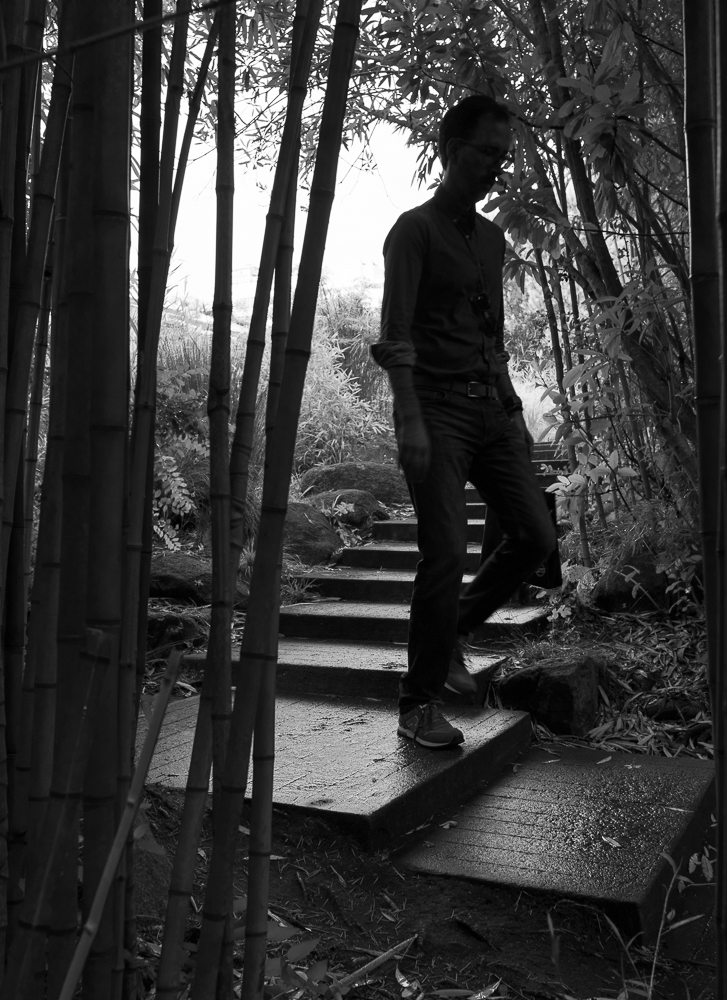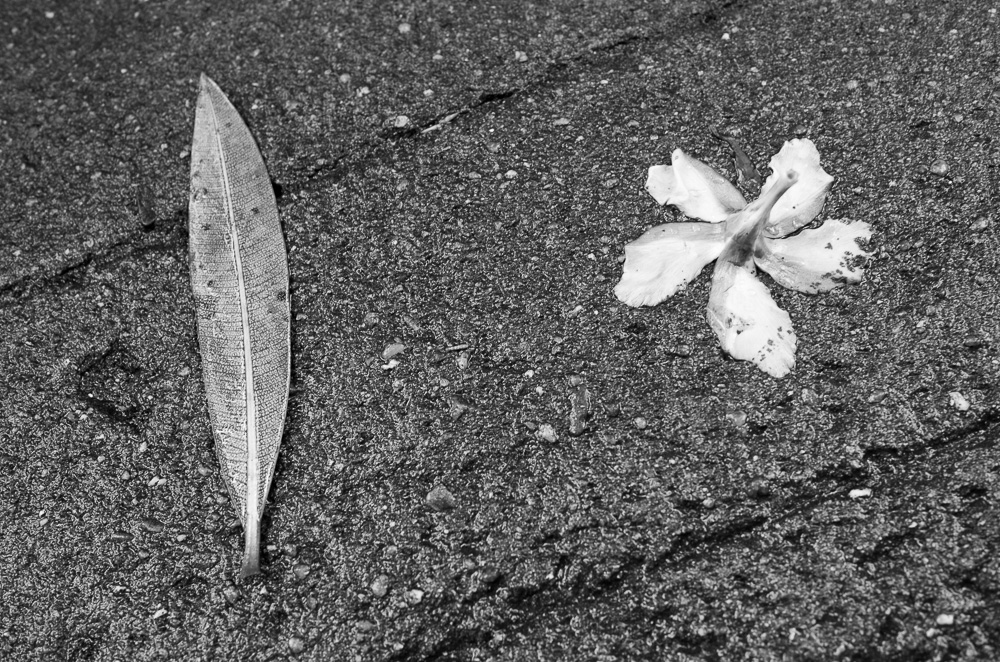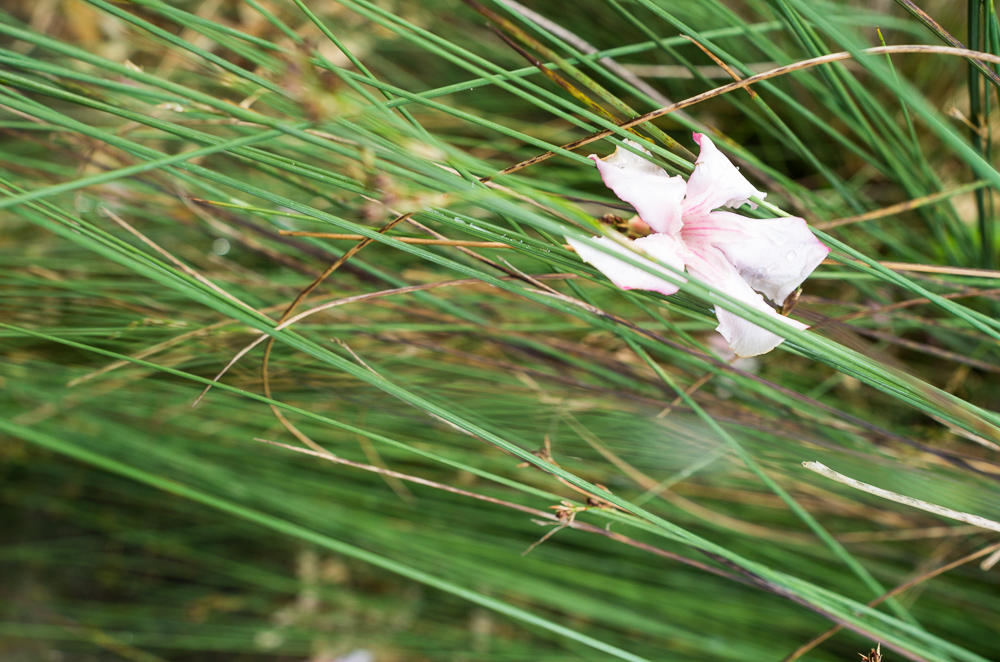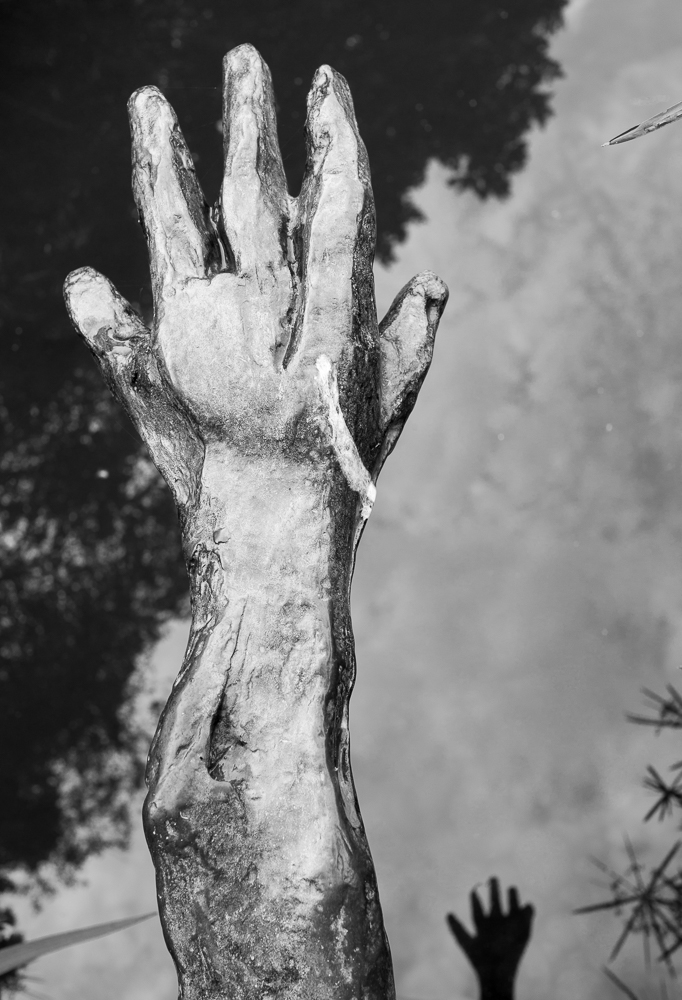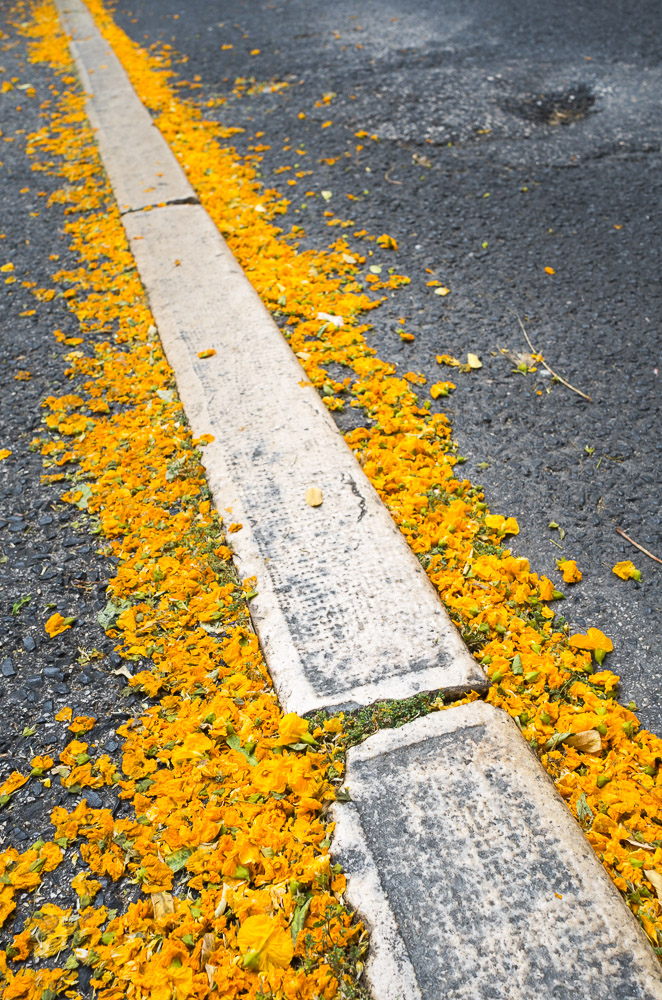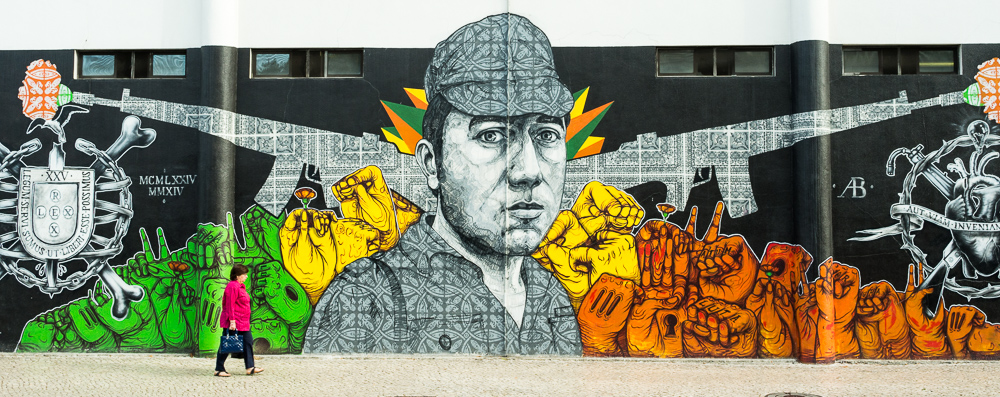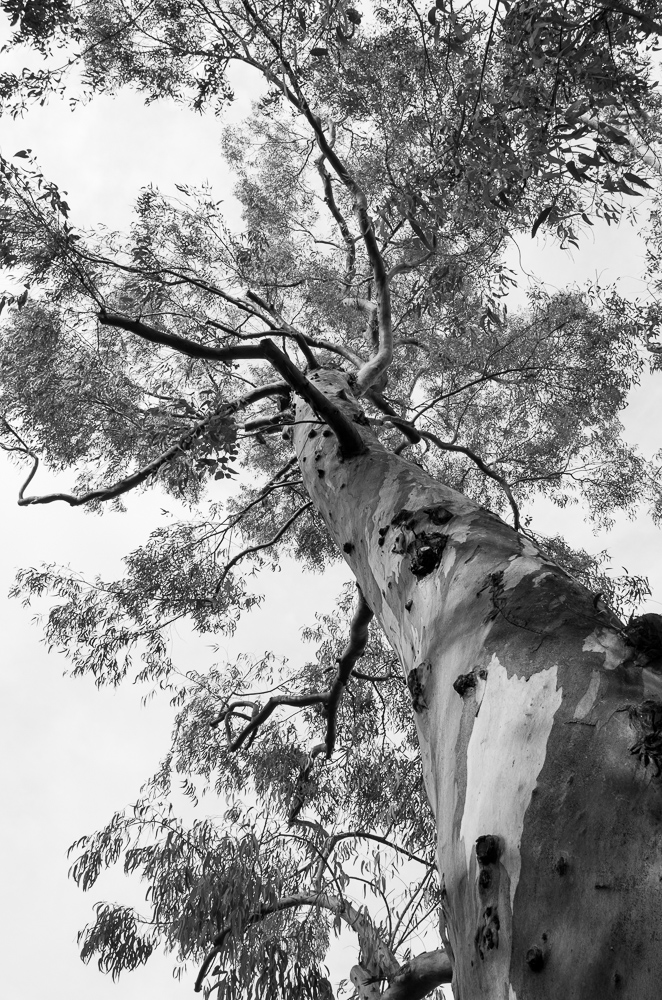It is well known that for Sony A7 series users, the options for wide-angle lens are not abundant. Say you need a lens that is below 35mm, the only native FE lens is the 16-35 f4 zoom, or the 24-70 f4 zoom. Zeiss has just announced a couple of lenses for their new Batis AF line, including a 25mm f2 lens that shows high promise (and concurrent price…). There are also expectations for a wide-angle lens coming this year in their Loxia MF line (18mm? 21mm?). We will have to wait and see.
In the meantime, there is no shortage of reports and user experiences about adapting and using both RF and SLR mount wide-angle lenses in the Sony A7 cameras. Evidence shows that many wide-angle RF lenses show varying degrees of problems with these sensors: corner smearing, colour shifts, and so on. There are a few notable exceptions, such as the Leica WATE (but at very dear prices), or the more recent Voigtlander 15 f4.5 MkIII VM lens (which has a fixed lens hood, so not much luck in using a square filter system – unless makers like Lee Filters come up with a special adaptor, like they did for the Nikon 14-24 zoom lens).
Anyway, for someone like me, who likes to use a prime MF lens around 21-24mm focal length, the options are more open when looking into SLR options. After some search and browsing the used market, I ended up getting the Nikkor 24 f2.8 AIS lens in very good condition (pristine glass). Using it with a Novoflex adaptor, it is very nice to operate in the field for landscape shots off a tripod. This Nikkor lens used to be (still is?) a classic for landscape shooters, so I suppose it is good enough for me. There are many other possibilities, from Canon FD to Olympus OM mounts, and this is just in the MF world.
My sample had a problem when I received it, it would not focus to infinity; so I sent it for a CLA job, and it is now fine. The focusing ring is not as smooth or as nice as a Leica or Zeiss lens, but then, I normally shoot at hyperfocal settings at f11 or f16, checking the focus on magnified LV; so no problem there. The glass is what counts, and this little lens (52mm filter diameter) delivers sharp and contrasty images with good flare control. Plus, it features Nikon’s famous CRC (close range correction), to ensure sharpness when focused close (via a rear floating element).
Below are some images I recently shot near where I live, in Carcavelos beach, at dawn. I like to go there and try out long exposures (say 5 or 6 minutes).
